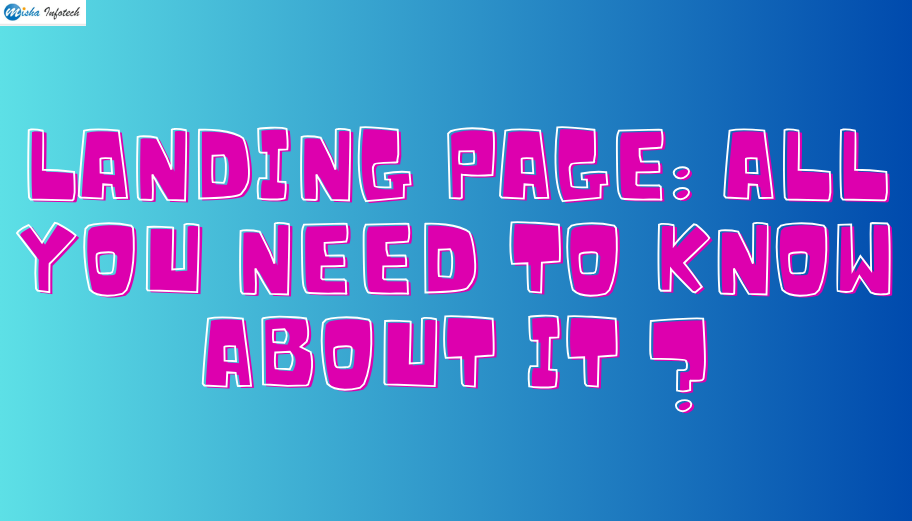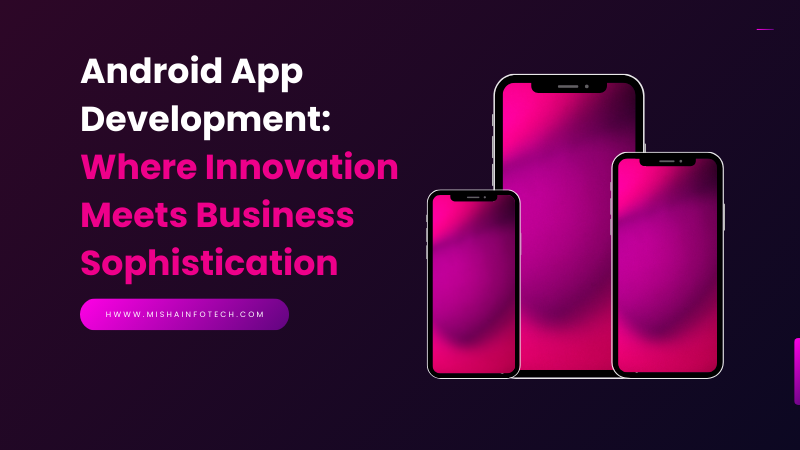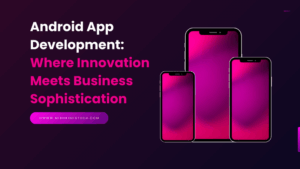After clicking on an ad or a hyperlink on Google (or other search engines), YouTube, Twitter, Facebook, Instagram, or an email, the user is sent to a landing page. A landing page is a type of web page that digital marketers use to collect leads as part of their digital marketing strategy. It differs from regular web pages in that it is designed to convert visitors into leads.
The CTA or Call to Action, on a landing page directs visitors to the products or services that a business has to offer. As a result, it differs from a web page in that it does not entice you to explore the website or the business further. Instead, its main purpose is to persuade visitors to execute a certain action.
What is Landing Page?
The goal of a landing page is to get people to convert. Its goal is to convert leads into customers and prospects into sales. A webpage, with its buffet of attractive things, has no such reservations. From a home page, you can navigate anywhere. It serves a different function, has broader CTAs, and has many more links than a landing page should. You may read more about the team, visit the service page, or browse the job aisle for a few minutes.
Type Of Landing Pages
Whereas all landing pages use the same goal, they are not all created in the same way. They are primarily classified into three types:
1. The Lead Generation Category
The lead generator category is clearly the first one. This landing page is designed to gather as much information as possible about potential customers.
A form is generally used as a CTA on lead generation pages. The owner of this page gathers precise information about their clients using these forms, including names, email addresses, and phone numbers, as well as their professions, localities, and ages. This information is used for two separate objectives. One, it allows you to communicate with your leads in order to successfully convert them while also cultivating a positive picture of your company in their minds.
2. Click-Through Landing Page
The term “click-through landing pages” describes exactly what they are. Instead of collecting consumer data like lead gen pages, they focus on clicks to make purchases right away. Lead generation pages are usually more successful for service-based businesses. Click-through landing pages are ideal for e-commerce businesses, since they lead customers directly to a product or checkout page, resulting in a sale. To urge you to buy a product, click-through pages generally feature only a CTA button and attractive information about it.
3. Sales Pages
Sales landing pages are one of the most challenging to develop since they require a fine balance. You don’t try to gather data on a sales landing page. You also don’t try to sell anything as aggressively as you would on a click-through landing page.
A sales landing page includes more than a Call to Action button that leads to a straight transaction. It contains aspects like promotions and advertisements, all of which are aimed at promoting the sale of that specific product. It tries to pique the visitors’ attention while also attempting to persuade them to buy or subscribe to the thing you’re selling. As a result, the layout of this page must be hyper-aware of the potential consumers and that they’re in the sales funnel.
A sales landing page is therefore about bargaining, understanding of one’s customer’s wants, and flawless salesmanship – and if you can achieve that balance, you’re sure to score big.
Importance of Landing Page
Many individuals undervalue the importance of landing pages. The finest landing page designs may not only help you convert leads into purchases, but they can also help you improve your brand image while learning more about your target market. In most cases, brands route their inbound visitors to their home page. However, as previously stated in earlier sections, a home page has far too many distracting aspects to effectively serve as a landing page. A well-balanced landing page may do the following:
1: Create a positive brand image in the eyes of customers
Even if the lead does not convert into a sale right away, a well-designed pages for landing with a consistent voice and style may establish a strong brand image in the eyes of your potential customers. Even if they leave the website without purchasing anything, they are more likely to return if they need to purchase or subscribe to that product or service in the future.
2: Increases your credibility
The finest landing page designs will include not just a Call to Action button, but also additional aspects related to the product and your brand – features that will not only assist you in making the sale but will also help you build brand credibility. Testimonials from prior users or customers are one such piece. Customer evaluations may persuade people to buy a product significantly more effective than any advertisement.
A strong page for landing offers value to your website. It may have a long-term impact on your brand’s image in the eyes of new and returning customers, in addition to improving on-page SEO and driving traffic to a product.
Conclusion!
Hopefully, you liked the article and the information about the landing pages and its necessary aspects.
It’s not simple to create a nice CTA page. However, if you keep in mind that the goal of such a page is conversion and conversion alone, the process becomes much easier. A well-designed landing page may be a very effective tool. It may provide your website and brand the traffic and reputation you’ve always dreamed of if you use it correctly.














